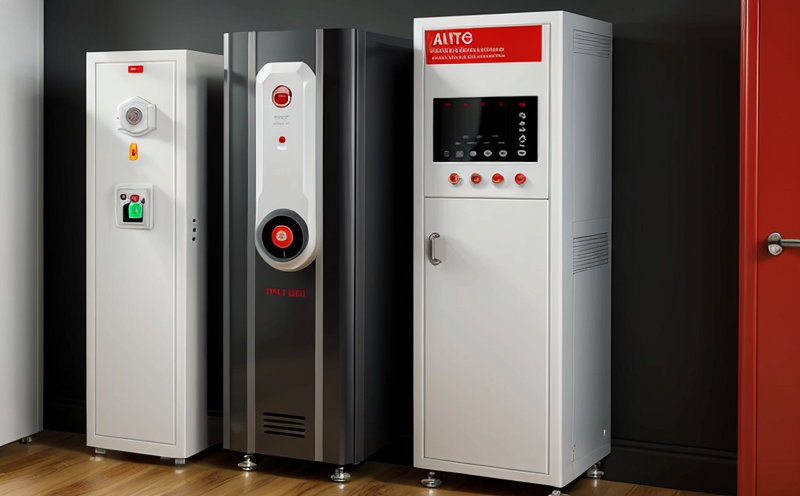Fire Alarm Audibility and Tone Verification
Ensuring that fire alarms are both audible and capable of producing distinct tones is critical to effective emergency communication. The ability to hear a fire alarm at all times, especially in environments like industrial facilities, healthcare centers, or public spaces, can significantly impact safety outcomes during emergencies.
The primary goal of this service is to verify that fire alarms meet the required standards for audibility and tone characteristics. This includes ensuring that the sound intensity is sufficient to be heard over ambient noise and that the tones are distinct enough to differentiate between various types of alerts (e.g., fire, evacuation).
Our team uses state-of-the-art equipment to conduct comprehensive testing in accordance with relevant international standards such as ISO 7244-1:2015. These tests simulate real-world conditions and evaluate the performance of fire alarm systems under various environmental factors.
In addition, our services include detailed reporting that provides insights into any areas where improvements are necessary or compliance issues need to be addressed. This ensures that clients have clear understanding of their current status and steps they can take to enhance system performance.
We work closely with quality managers, compliance officers, R&D engineers, and procurement teams to ensure that testing processes align with broader organizational goals related to safety and regulatory adherence.
Applied Standards
| Standard | Description |
|---|---|
| ISO 7244-1:2015 | Sound levels and audibility of fire alarm signals in the vicinity of their intended use. |
| ASTM E968/E968M-17a | Determination of sound pressure level at a point 1 meter from the speaker or horn. |
The tests conducted under these standards ensure that fire alarms meet stringent requirements for audibility and tone characteristics. This helps in maintaining consistent performance across different environments and conditions.
Scope and Methodology
| Methodology | Description |
|---|---|
| Environmental Noise Measurement | Determining the background noise levels in the vicinity of the fire alarm to ensure that it can be heard clearly. |
| Tone Verification | Evaluating the distinctiveness and clarity of tones used for different types of alerts. |
Our methodology involves several key steps. First, we measure ambient noise levels to establish a baseline against which fire alarm sounds will be compared. Then, we conduct detailed tone verification tests using specialized equipment to ensure each sound is distinct and clear.
Benefits
- Enhanced Safety: Ensures that fire alarms are audible in all relevant environments, reducing the risk of missed signals during emergencies.
- Regulatory Compliance: Helps organizations meet stringent safety standards and avoid potential fines or penalties.
Our testing ensures not only compliance with international standards but also enhances overall situational awareness within buildings, thereby contributing to a safer working environment for all personnel involved.





